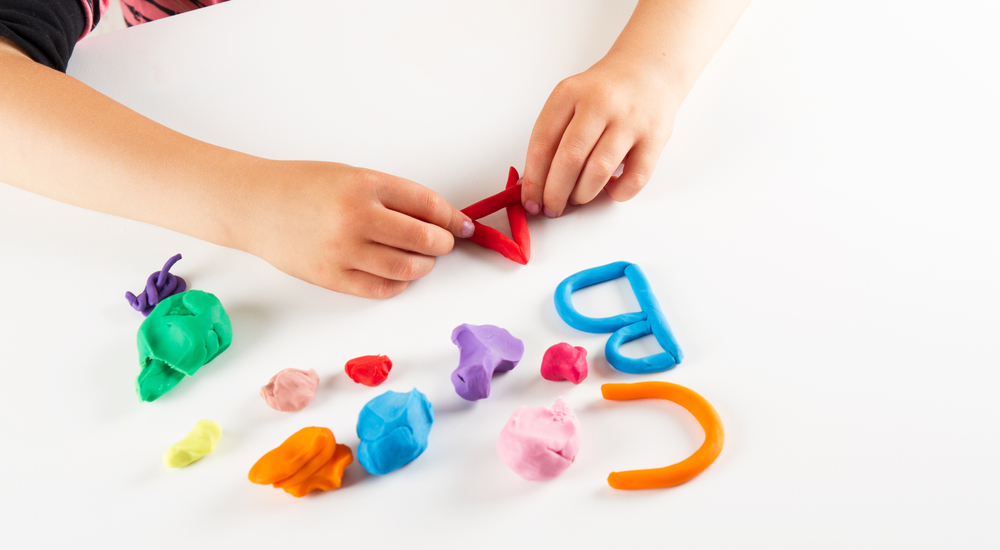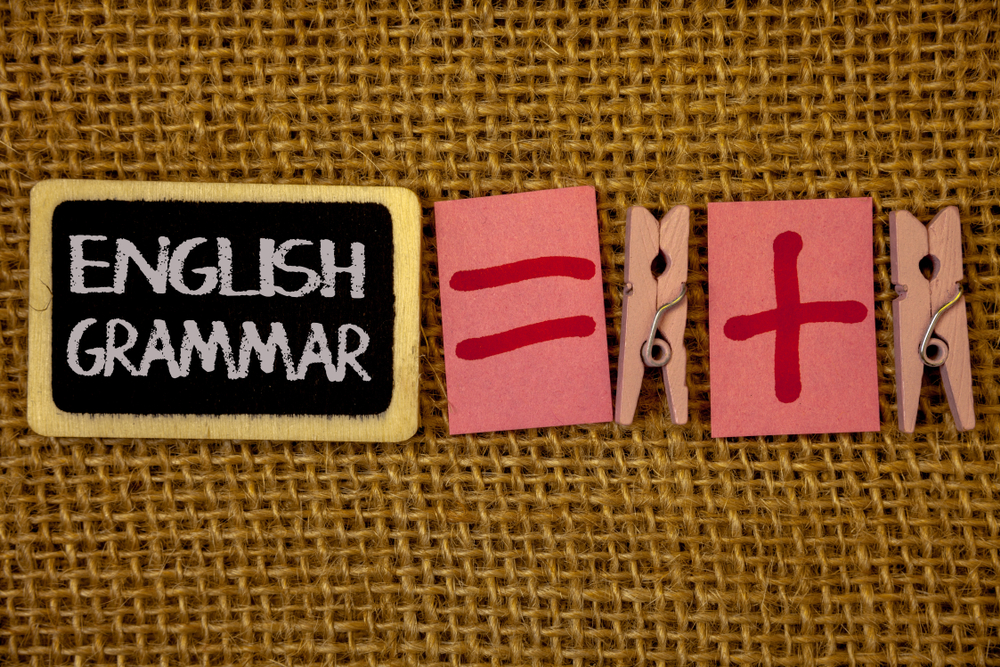Character recognition Worksheets for Kids
4 filtered results
-
From - To


Where Does the Character Belong? Worksheet
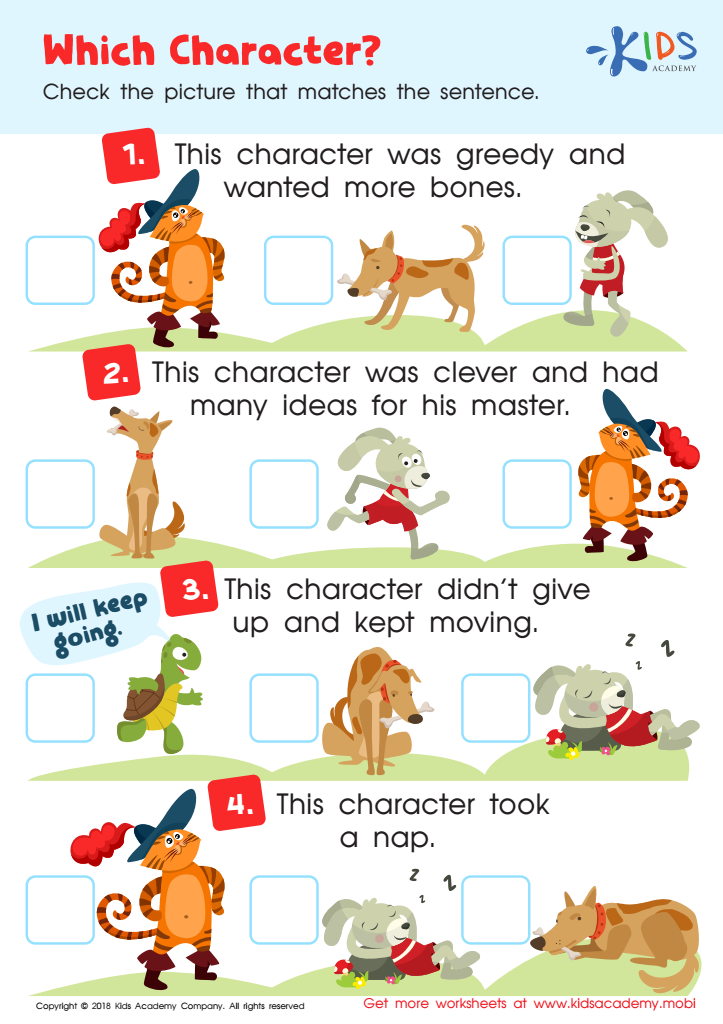

Which Character Worksheet
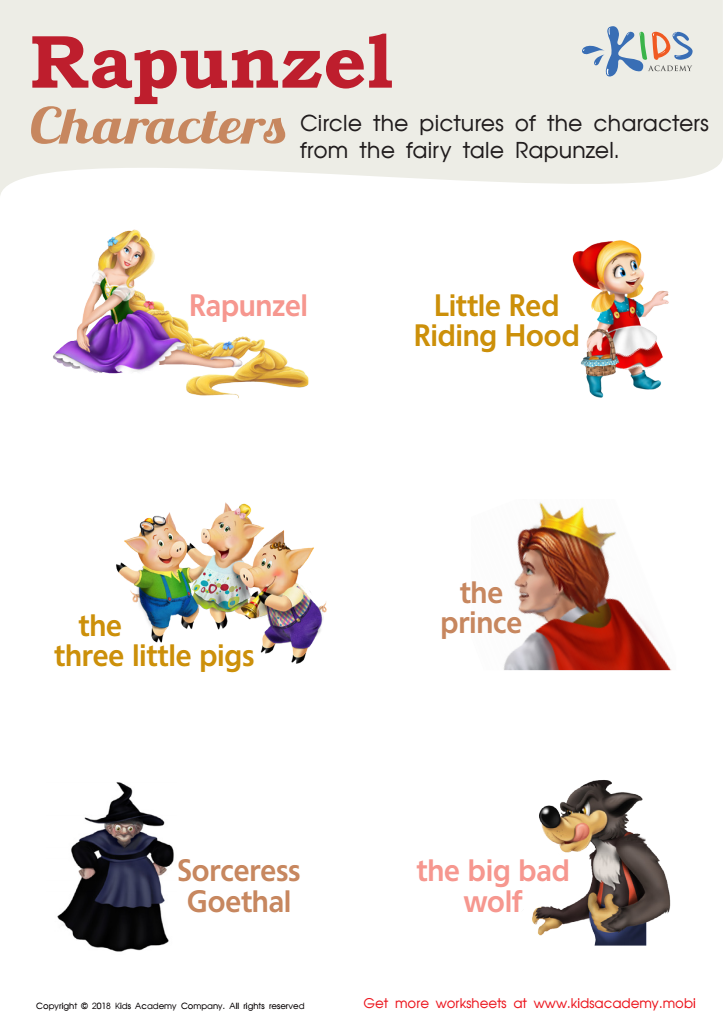

Rapunzel Characters Worksheet
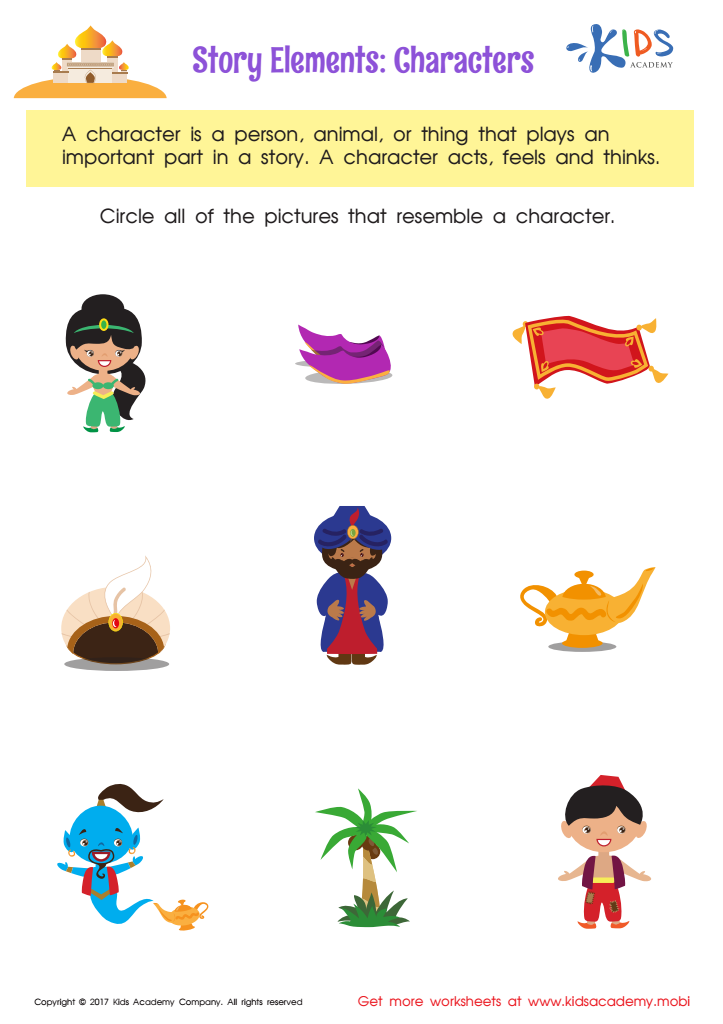

Story Elements Printable
Question/Answer
How does the mastery of the Character recognition skill affect a student's performance at an early age?
Mastering character recognition at an early age significantly enhances a student's reading ability, leading to improved literacy skills. This foundational skill facilitates vocabulary development, comprehension, and fluency in reading. Early mastery in character recognition is linked to better academic performance, as it is a crucial step in becoming a proficient reader and supports learning across various subjects.
How to test a Kindergarten student’s Character recognition skills?
To test a Kindergarten student's character recognition skills, use flashcards with individual letters, numbers, or simple words related to their curriculum. Show each flashcard to the student and ask them to name the character or word. Record their responses to assess recognition accuracy. Incorporate diverse fonts and cases to ensure a comprehensive assessment of their character recognition skills.
How to train the Character recognition skill in Kindergarten students learning about Reading Fiction?
To train character recognition in Kindergarten students, incorporate activities like story mapping with character pictures, character role-play, and story retelling. Use visual aids such as flashcards or storyboards with characters' images and names. Engage students in discussions about characters' actions and feelings, enhancing their ability to recognize and remember characters while reading fiction.

 Assign to the classroom
Assign to the classroom


